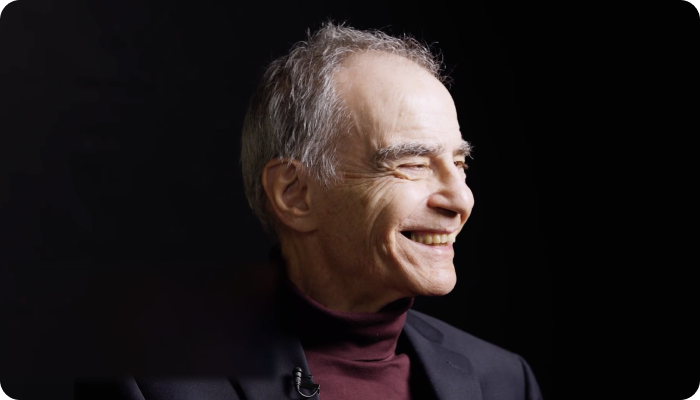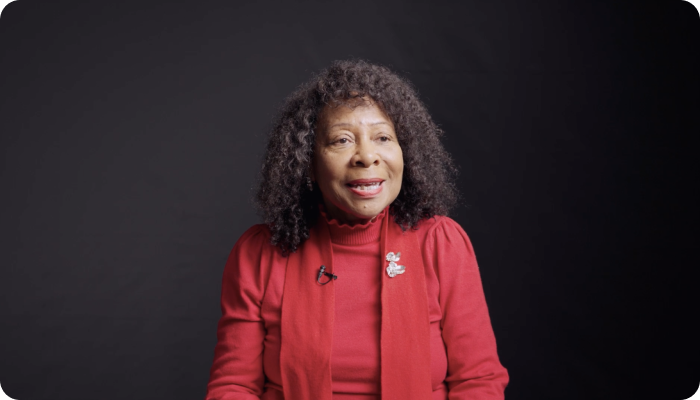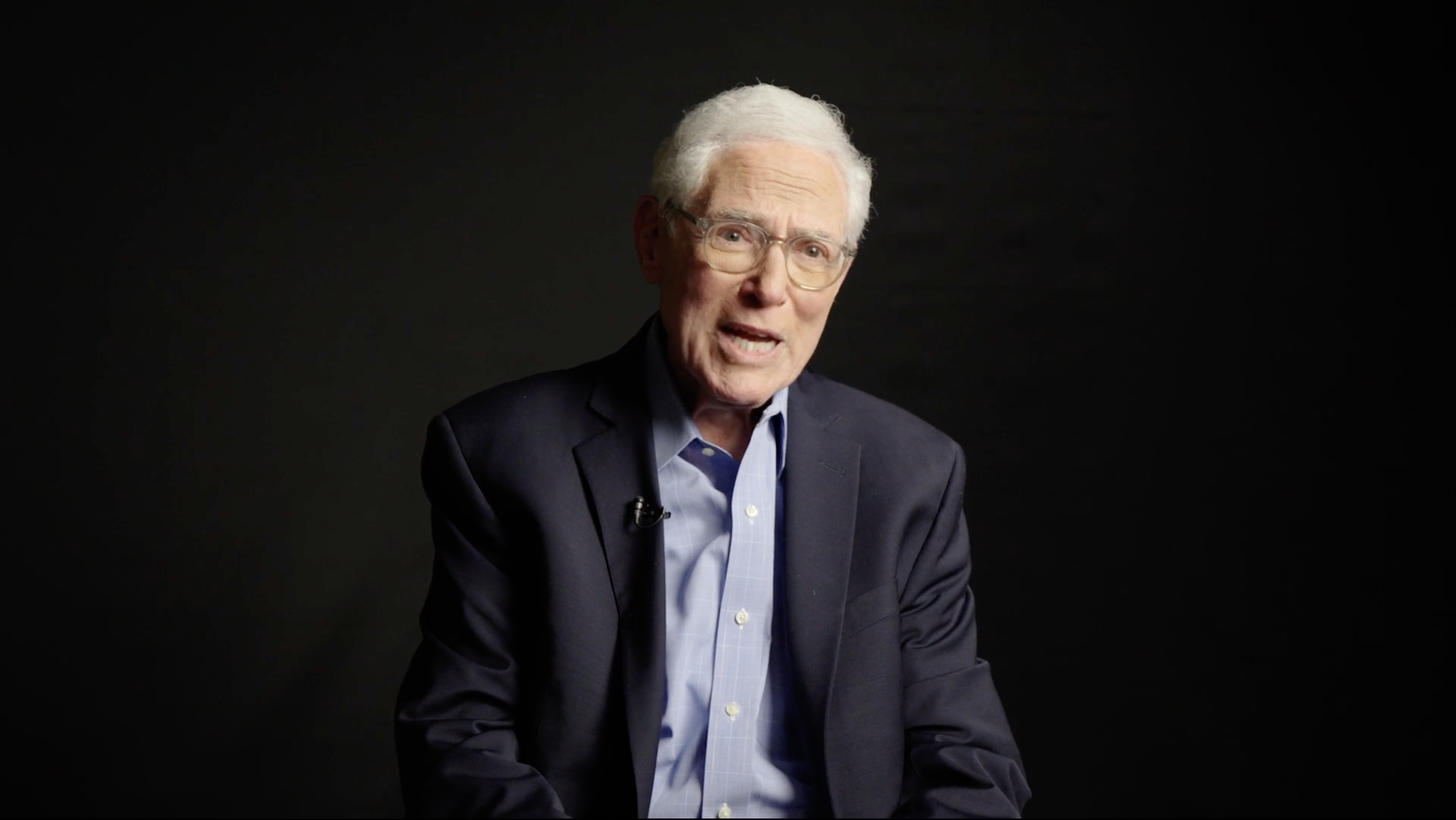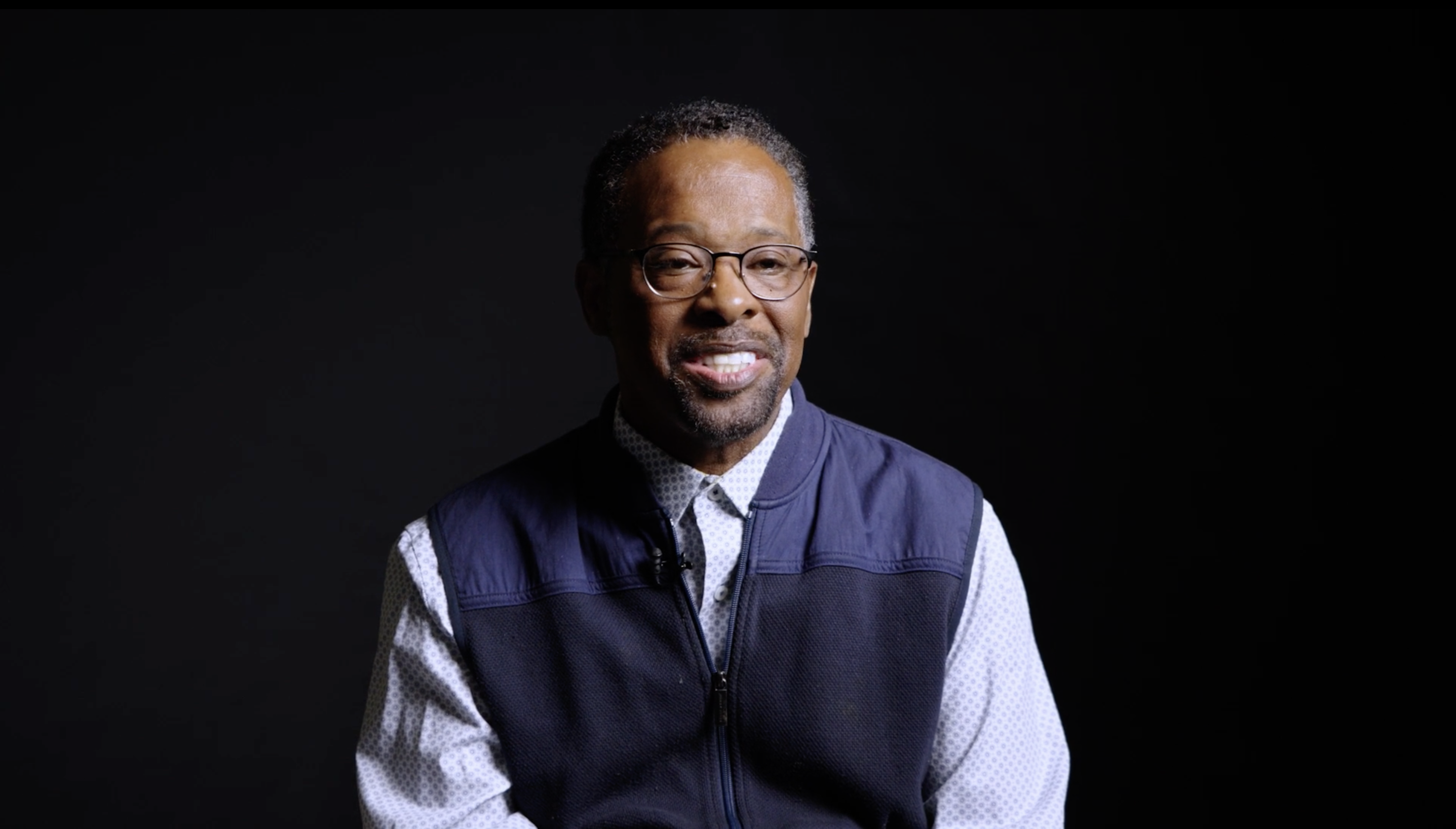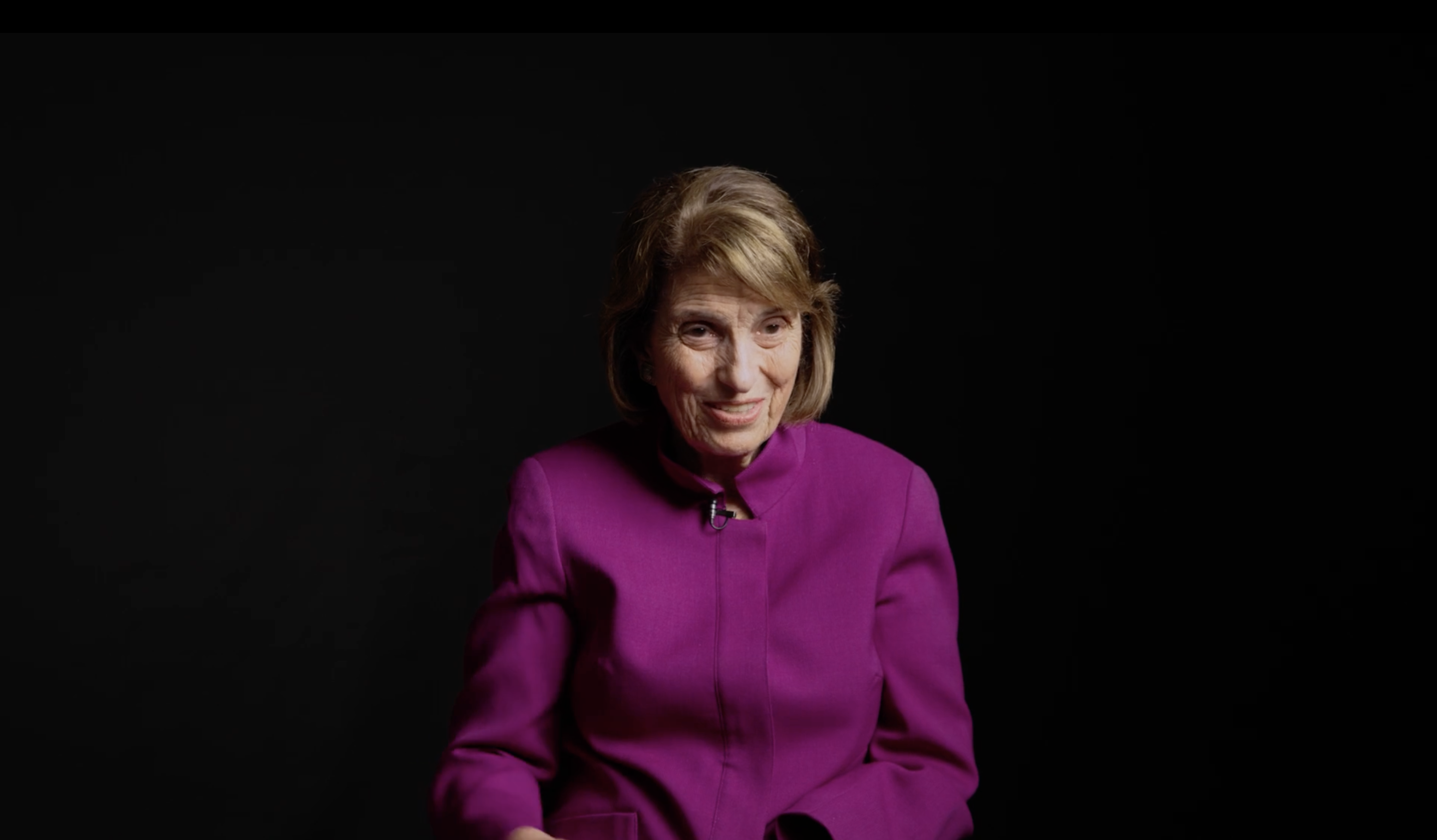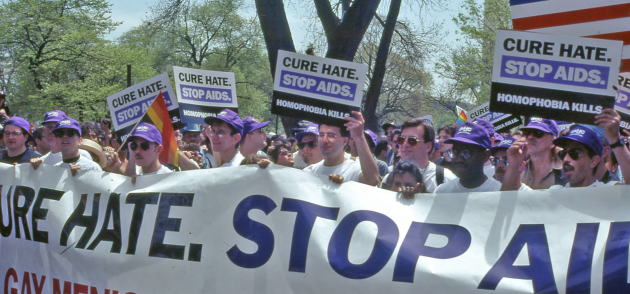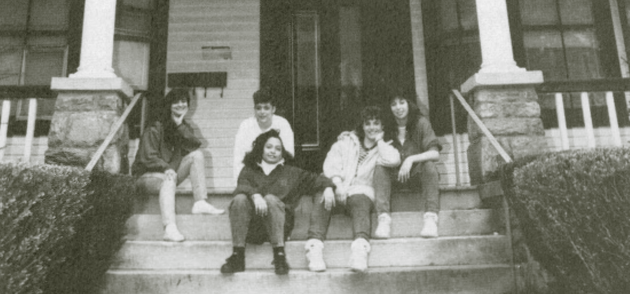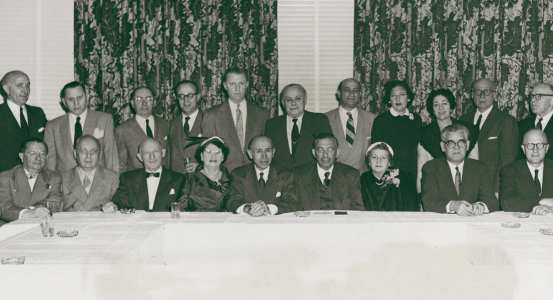From the 1910s through the 1960s, millions of African American and Puerto Rican migrants sought safety, employment, and educational opportunities in New York City and other Northern and Western U.S. cities. Simultaneously, changing policies and norms furthered the social mobility and assimilation of many European-descendant Jews into the White American middle-class. Following federal immigration reform in 1965, migration to the U.S. from Africa and Asia increased significantly; the early 21st century has seen waves of migration from the Caribbean and Latin America, only further diversifying the city’s social fabric. Some of these migrants are Jewish, but the vast majority are not. While The Jewish Board’s predecessor agencies served an almost entirely Jewish and largely European-descendant clientele through the 19th century, by the latter part of the 20th century, the Jewish character of the agency had become a topic of debate.
In response to these demographic changes, in the last decades of the 20th century, a number of Jewish Board leaders endeavored to rectify gaps in understanding, empathy, and representation between the agency’s now primarily Black and Brown clientele and primarily White staff and trustees. In the 1990s, The Jewish Board prioritized hiring more diverse staff, recruiting more diverse trustees, and training in anti-racism across the agency. In the early 2000s, staff and clients at the Board’s longstanding Hawthorne Cedar Knolls campus in Westchester County struggled to respond to racist treatment from local residents. Following Hawthorne’s 2018 closure under the pressure of these and other tensions, the agency has continued to reflect on how race and racism shape its internal and external dynamics. Jewish Board practitioners and executives have provided needed leadership to the social service field in this area through the publication of resources such as the 2002 anthology, Racism and Racial Identity: Reflections on Urban Practice in Mental Health and Social Services.

